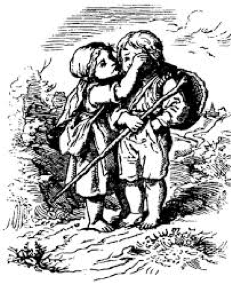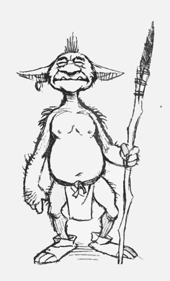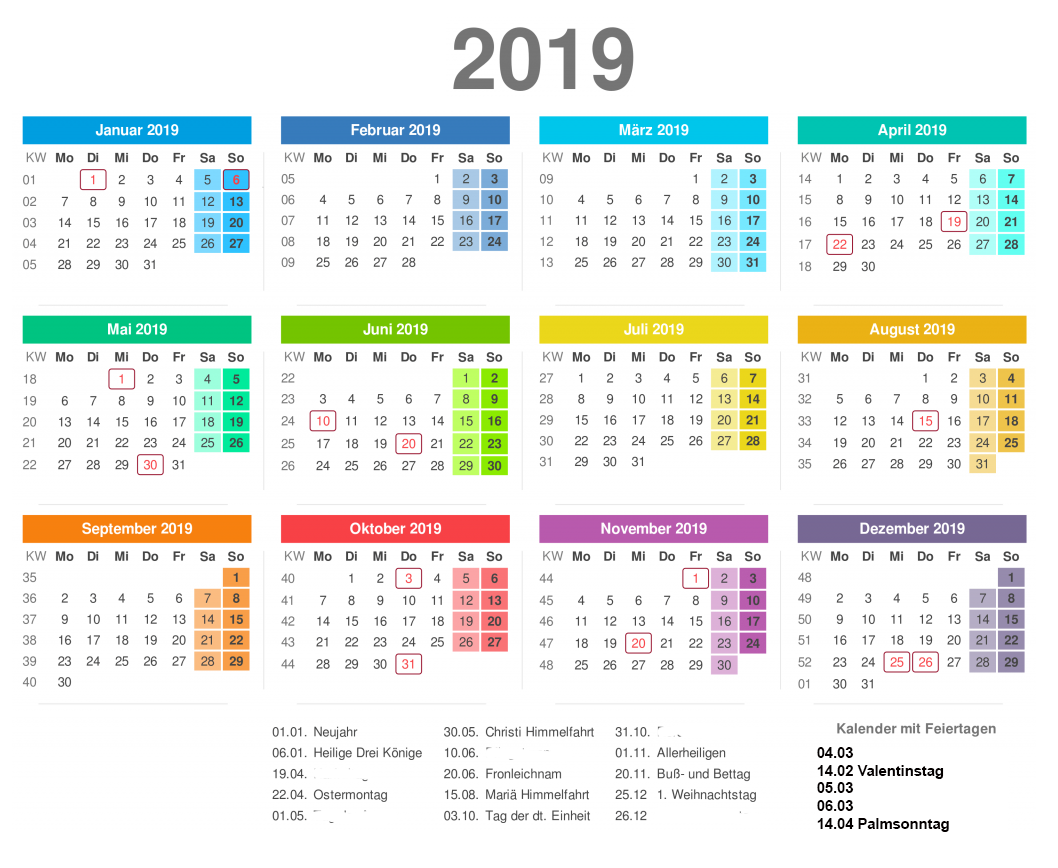| Seite 7 |
Übung 7-7a Adjective Endings - mixed exercises THE CHALLENGE: Use the adjective ending flowchart (Seite 6) to determine the correct adjective endings. You will also need to determine the endings on the "ein" and "der" words.
Märchen
*Some "ein"-words will have no ending. Leave those spaces blank.


Es war1 einmal2
ein_____ klein_____ Junge3 und ein_____ klein_____ Mädchen4.
Sie haben in ein_____5 alt_____ Haus in d_____ tief6 _____ Wald7 gewohnt.
Ihr_____ lieb8 _____ Mutter ist gestorben9 und d_____ gut______ Vater hat sehr viel gearbeitet.
Eines Tages ist ein______ bös _______10 Kobold11 zu ihnen gekommen.
Sie waren allein in d_____ alt_____ Haus.
D______ jung____ Kinder haben viel Angst vor12 dies______ häßlich ______13
Kobold gehabt.
Und das war richtig! Denn bös_____ Kobolde fressen14 jung_____ Kinder sehr gern.
Aber ein______ magisch______ Talisman15 von d_____ verstorben____16
Mutter17 hat in d_____ groß_____ Kleiderschrank gelegen.
D_____ klug_____18 Mädchen hat gewußt19,
dass dies_____ magisch_____ Talisman in20 kalt_____ Wasser21
ein____ stark_____ Zaubertrank22
macht.
"Lieb______ Kobold", hat d_____ nett_____ Mädchen gesagt, "bevor Sie uns fressen, sollen Sie kühl______ Wasser trinken".
"Ja!" hat d____ durstig____23 Kobold gesagt, "Ich habe Durst!"
D___ dumm____ Kobold hat dann magisch______ Wasser getrunken.
D____ bös____ Kobold hat gezittert24 und geschrieen25.
Dann hat er sich in26 ein____ ganz lieb_____ klein_____ Kätzchen27 verwandelt28.
D____ müd_____ Vater ist nach Hause gekommen und hat sehr gern gesehen,
wie sein_____ klein_____ Sohn und sein_____ klein____ Tochter29 mit d_____ lieb____ Kätzchen gespielt haben.
Translate the story into English.


Ordinal Numbers
The endings are adjective endings, based on the case in which it appears and on the gender and number of the noun it modifies.
Ordinal numbers may also be expressed in writing by including a period after a number. However, these must still be spoken with the correct ordinal suffix and the correct adjective endings. Therefore, the sentences below would be read aloud exactly as the ones above:
Calendar Dates To give calendar dates in German, one uses different cases, depending on the context. Dates are always masculine.
|
Übung 7-7b Feiertage und Geburtstage (Teil A; Teil B ist auf Seite 11) Ask your partner when they have their birthdays, then ask when the holidays are celebrated. NOTE: In the USA we write dates month/day/year. In Germany and other countries they write dates day.month.year: May 11, 1997 is in German: 11.05.1997.
- Wann hast du Geburtstag? Am elften Mai.
- Wann hast du Geburtstag gehabt? Am zweiundzwanzigsten Februar.
- Wann ist Mariä Himmelfahrt? Am fünfzehnten August.
- Wann war Karfreitag? Am fünfundzwanzigsten März.

Meine Partnerin / Mein Partner hat Geburtstag _____________________
01.01 Neujahr
_______ Karfreitag
22.04 Ostermontag
_______Tag der Arbeit
30.05 Christi Himmelfahrt
_______ Pfingstmontag
03.10 Tag der Deutschen Einheit
_______ Reformationstag
25.12 der erste Weihnachtstag
_______ der zweite Weihnachtstag
14.02 Valentinstag
_______Rosenmontag
05.03 Fastnacht
_______Aschermittwoch
14.04 Palmsonntag
_______Ostermontag